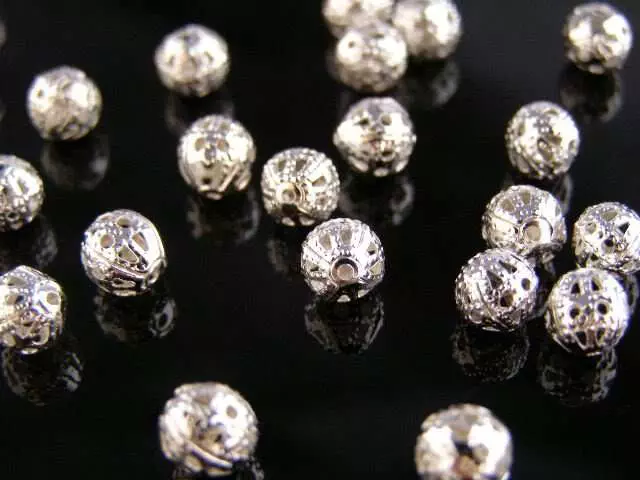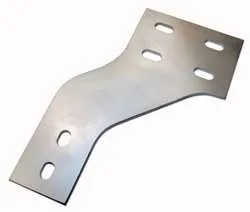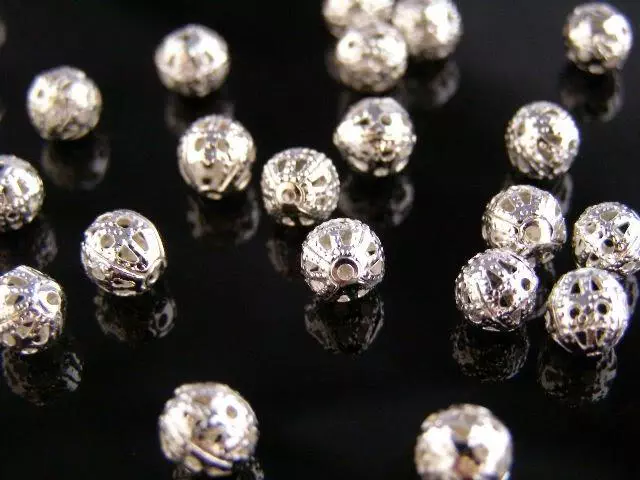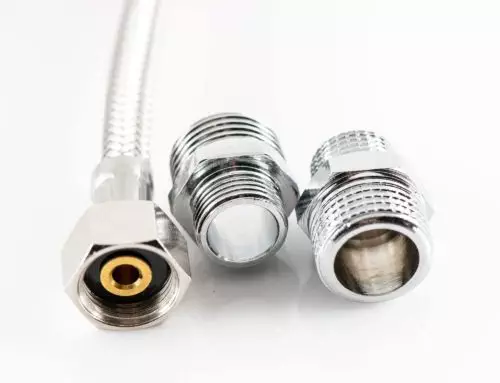Silver electroplating beginnings date back to early blacksmithing days around 1,500 B.C. The word "blacksmith" originated from the black layer of oxides that form on the surface of the metal during heating. Blacksmiths create objects from wrought iron or steel typically. As blacksmiths began finessing their techniques in skills in Europe, the industry started to grow and include other precious metals. A "silversmith" is a metalworker who crafts objects from silver. While the terms "silversmith" and "goldsmith" are similar, the techniques and training may vary resulting in drastically different objects.
Silversmithing really took off in the 17th century in America as silver prices were much more affordable. The Italian chemist, Luigi Brugnateli, conducted the first scientific experiment in 1805 that successfully plated gold onto silver. Coins and silverware were in high demand and the industry really started gaining momentum. Silver still remains the least expensive precious metal and has broad applications making it nearly indispensable.

Silver also has other properties, which make it an attractive option for many applications.
- Silver has the highest electrical and thermal conductivity.
- It has the lowest weight and melting point of precious metals.
- Silver has the highest light reflectivity of any other metal.
- It has the ease of metallisizing with other metals like aluminum and tin.
- Silver is characterized as a noble metal, thus holding up against chemicals and acids.
- Biocompatibility for medical usage, so that ions do not cause adverse reactions when coming in contact with the human body.
- Silver's antimicrobial and antibacterial properties are resistant to microbes and bacterial growth, thus ensuring medical devices are safe to use on patients.
- Ease of manufacturability as it is ductile and readily alloys with other metals.
- Silver electroplating makes a surface more lubricious making it appealing for devices with moving parts.
Silver electroplating is a chemical process that involves placing a thin coating of silver onto an object made from another type of metal. An electrical current is passed through a specialized electrolyte solution, which is created using dissolved silver ions and other select compounds. Once these ions stick to the product's surface, it forms a solid layer of silver, which is chemically bonded to the other material.
While silver is an economical option, there are a few considerations you must think about before you can plate. It is important to make sure your object is free of pits and cracks or inclusions as it may cause poor adhesion and/or voids in plating. Tensile stress (leading to expansion) and hydrogen embrittlement (deterioration that leads to corrosion) can also be factors to consider before you plate with silver.

Silver is used in many industries since it has such a broad application. These include:
- Automotive
- Aerospace
- Electronics
- Flatware
- Healthcare (predominately medical devices)
- Jewelry
- Military
- Power Generation (predominately solar power)
- Telecommunications
Electroplating can sometimes make an object appear more valuable as if often the case with gold and silver plating. For instance, in the late nineteenth century, shaving mirror manufacturers proudly advertised their work and the quality of the electroplating. Banners would roll along the sides showing “HARD White Metal WITH QUADRUPLE PLATE OF SILVER” and “Silver Plated Ware of Highest Grade and most artistic design, Manufactured by James W. Tufts, Boston MASS.” The “white metal” refers to the substrate metal onto which the silver was plated, usually an alloy of tin, antimony, and copper. The “quadruple plate” suggests that the plating was four times thicker than “normal” silver plate.
So why would a manufacturer choose to quadruple plate an object? Well, the natural wear and tear can cause the loss of the plated metal and lead to surface discoloration caused by oxidation. Oftentimes, silver polish can remove both the untarnished as well as the tarnished silver. Over time, the electroplating coatings can be polished away so the thicker the coating, the longer it would last. Manufacturers wanted to promote the durability of "quadruple plating" since it was made to last.
As you can see, silver electroplating is an affordable option for many manufacturers and has several attributes, which make it desirable. Silver's multi-faceted uses make it an appealing metal to consider. If you are looking at electroplating with silver, please give Asheville Metal Finishing a call. Their qualified and knowledgeable staff can guide you through the process seamlessly and get you squared away on your next project.


